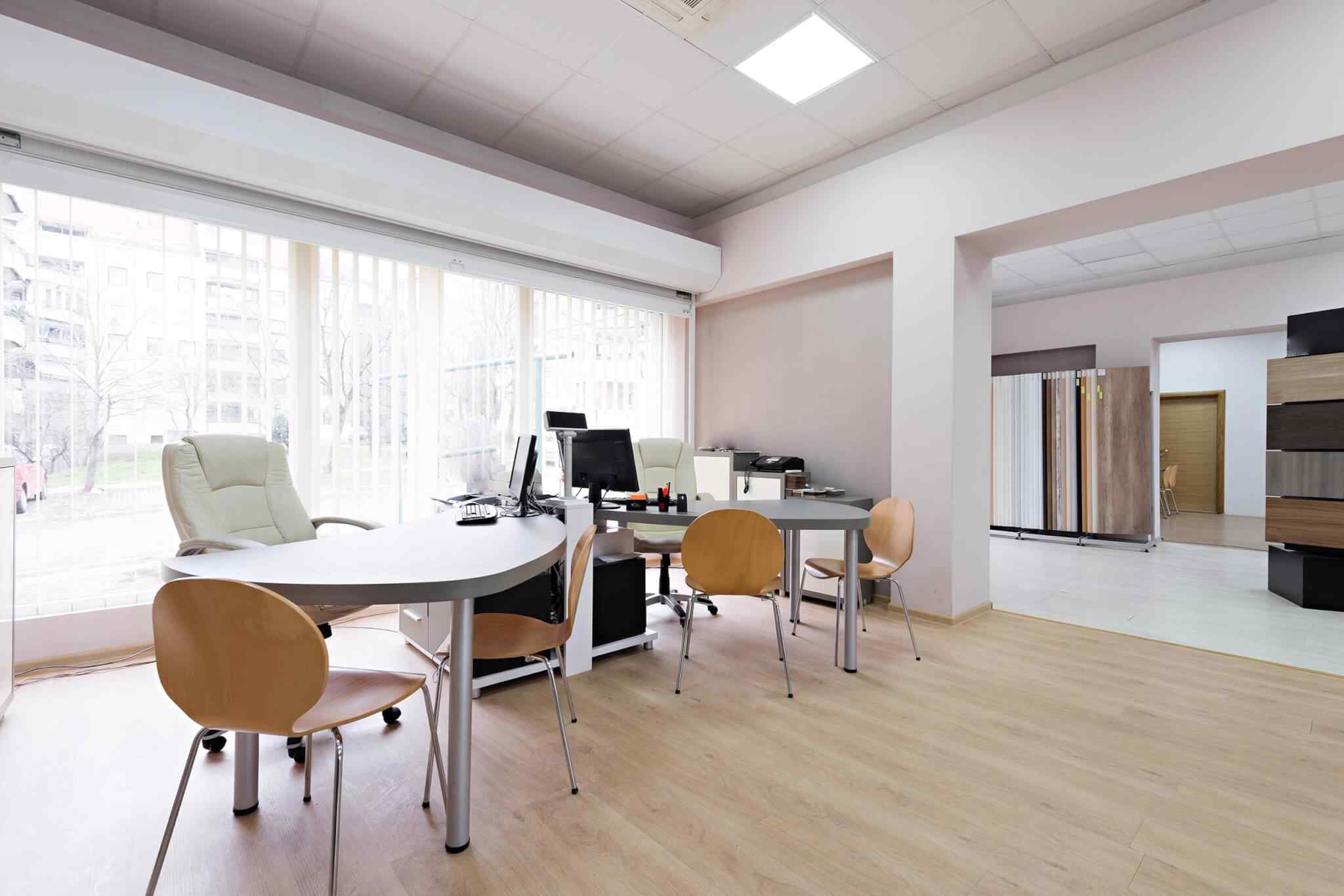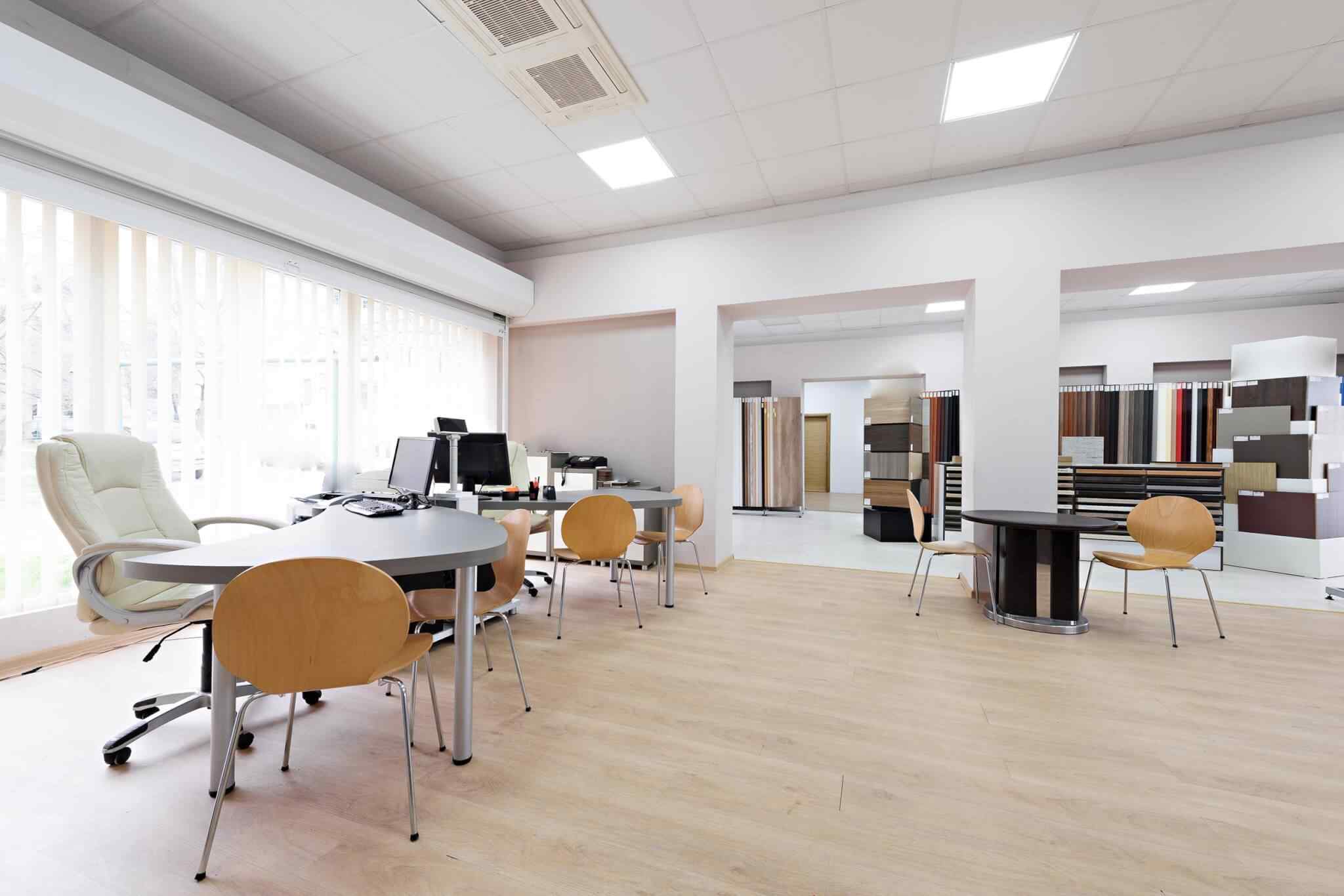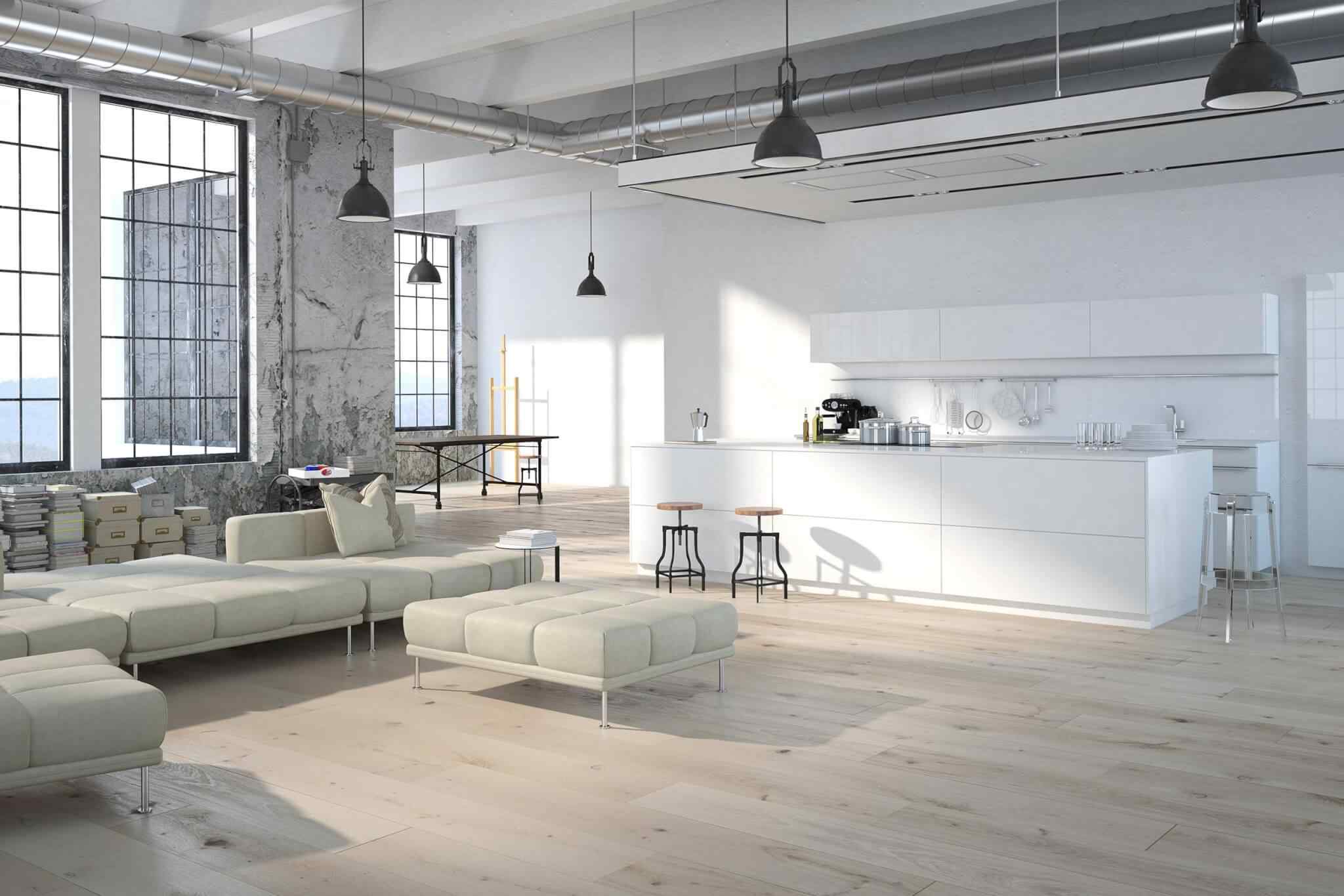Designing a manager’s office requires a thoughtful approach that balances functionality, professionalism, and the specific needs of the individual occupying the space. Here are key design requirements to consider for a manager’s office:
- Space Planning:
- Requirement: Allocate adequate space to accommodate essential furniture and equipment while maintaining a comfortable and uncluttered environment.
- Considerations: Consider the size of the office, the nature of the manager’s tasks, and the need for private meetings or discussions.
- Furniture Selection:
- Requirement: Choose ergonomic and comfortable furniture, including a well-designed desk and an executive chair.
- Considerations: Opt for furniture that complements the overall design aesthetic and reflects the professional status of the manager.
- Layout and Configuration:
- Requirement: Plan the layout to facilitate efficient workflow, ensuring easy access to essential items and a logical arrangement of furniture.
- Considerations: Consider the placement of the desk in relation to the door for a welcoming entrance and potential meeting areas within the office.
- Storage Solutions:
- Requirement: Provide ample storage for documents, files, and personal items to maintain an organized and clutter-free environment.
- Considerations: Incorporate built-in cabinets, bookshelves, or storage units that align with the overall design theme.
- Technology Integration:
- Requirement: Integrate technology seamlessly into the office, including adequate outlets, data ports, and space for electronic devices.
- Considerations: Consider the need for video conferencing equipment, additional monitors, and cable management solutions.
- Privacy and Acoustics:
- Requirement: Design the office to ensure a level of privacy for confidential discussions and tasks.
- Considerations: Use sound-absorbing materials, consider acoustic paneling, and position the office away from high-traffic areas to minimize noise disruptions.
- Lighting Design:
- Requirement: Implement a well-balanced lighting scheme that combines natural light and artificial lighting for a comfortable and well-lit environment.
- Considerations: Consider adjustable task lighting for the desk area and ambient lighting for the overall space.
- Professional Aesthetics:
- Requirement: Choose a cohesive and professional design aesthetic that aligns with the company’s brand and the manager’s preferences.
- Considerations: Pay attention to color schemes, materials, and finishes to create a visually appealing and harmonious atmosphere.
- Meeting Area:
- Requirement: Include a designated space for meetings within the manager’s office, whether it’s a small conference table or comfortable seating for discussions.
- Considerations: Ensure that the meeting area is well-defined but still integrates seamlessly into the overall office layout.
- Personalization:
- Requirement: Allow for a level of personalization in the office design to reflect the manager’s personality and preferences.
- Considerations: Incorporate elements such as artwork, plants, or personal items that contribute to a comfortable and inspiring work environment.
- Guest Seating:
- Requirement: Provide comfortable seating for guests, ensuring that the office is welcoming for meetings and discussions.
- Considerations: Opt for guest chairs that align with the overall design aesthetic and are positioned to facilitate face-to-face interactions.
- Green Design:
- Requirement: Consider incorporating biophilic elements or green design principles to enhance the office environment.
- Considerations: Integrate plants or natural elements to promote well-being and create a more inviting atmosphere.
By adhering to these design requirements, a manager’s office can be transformed into a functional, comfortable, and aesthetically pleasing space that meets both professional and personal needs. Always consider the specific preferences and work habits of the individual manager when tailoring the design.







